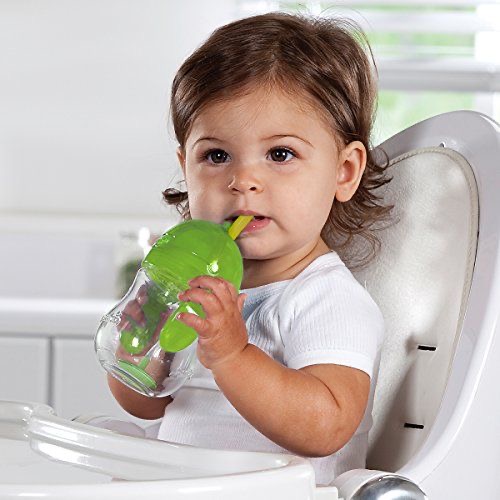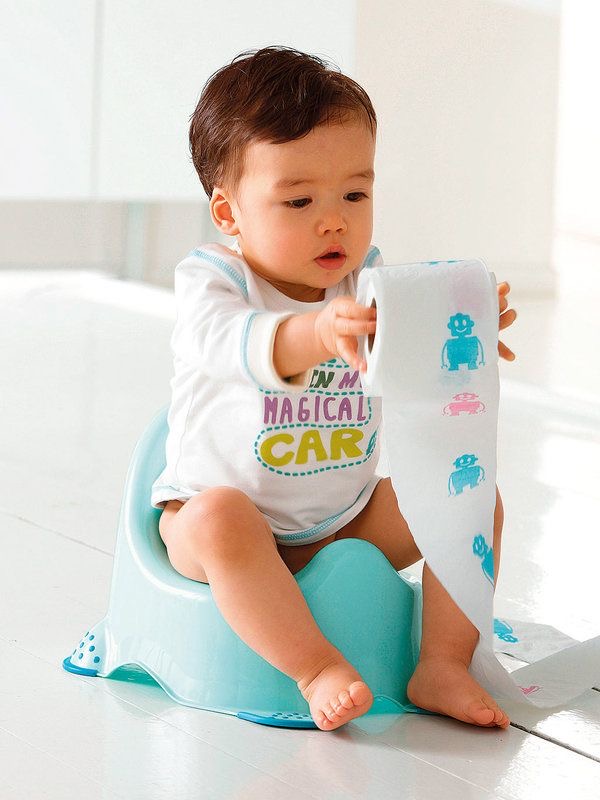Table of Contents

Understanding and Managing Childhood Constipation
It can be uncomfortable for adults, but it’s especially challenging for babies, toddlers, and young children who can’t always communicate their discomfort. Recognizing the symptoms of it in your child is crucial for their well-being. This comprehensive guide will help you identify of it, explore remedies tailored to different age groups, understand precautions, seek medical help when necessary, explore potential causes, and learn preventive measures.
Recognizing Constipation in Children
It in children is defined by infrequent bowel movements, typically fewer than three per week. Identifying it in your child can be challenging, as they may not be able to communicate their symptoms effectively. Here are the key signs to look out for.
Symptoms
Babies
- Pellet-like bowel movements
- Difficulty passing stools
- Crying during bowel movements
- Hard, dry stools
- Less frequent bowel movements
Toddlers
- Similar symptoms to babies
- Unusually large stools
- Abdominal swelling
- Flatulence
- Traces of blood on toilet paper (from straining)
Older Children
- Similar symptoms to toddlers
- Stomach pain
- Traces of liquid in underwear (due to backed-up stool)
- Pain during bowel movements
- Avoidance of using the bathroom
Home Remedies for Baby and Toddler Constipation
It in infants and toddlers is often short-term and rarely indicates an underlying condition. Here are some effective home remedies to alleviate constipation in these age groups.
- Drink More Water: Water helps soften stools, making them easier to pass. If your baby is at least 6 months old, offer them 2 to 3 ounces of water at a time to relieve in it. Remember, water complements but does not replace regular feedings.
- Fruit Juice: Fruit juices containing sorbitol, a natural laxative, can be effective in relieving in it. For babies over 6 months, offer 2 to 4 ounces of 100-percent apple juice, prune juice, or pear juice in addition to regular feedings.
- High Fiber Foods: Incorporate high-fiber baby foods into your baby’s diet as they start eating solid foods. Include foods like apples, pears, peas, prunes, and bananas. Reduce the consumption of low-fiber rice cereal, as it can trigger constipation.
- Infant Glycerin Suppositories: For infants under 6 months, who should only have formula or breast milk, infant glycerin suppositories are a safe and over-the-counter option for fast relief. If your baby has been introduced to solids or rice cereal before 6 months, discontinue them and monitor for improvements.

Remedies for Constipation in Older Children
Older children may require different approaches to alleviate constipation. Here are some remedies tailored to their age group.
- Increase Water Intake: Lack of fluids can contribute to it in older children. Ensure your child drinks at least 32 ounces of water daily to soften stools.
- Glycerin Suppositories: Glycerin suppositories can soften stools in older children, similar to infants. They are safe and can be used to ease in it.
- Increase Fiber Intake: A low-fiber diet can contribute to it in children. Include more fiber-rich foods in their diet, such as fruits, vegetables, and whole grains. You can also consider administering fiber supplements based on their age and needs.
- Promote Physical Activity: Sedentary lifestyles can play a role in it. Encourage physical activity to stimulate intestinal contractions and bowel movements.
Precautions for Home Remedies
While laxatives and enemas offer fast relief for it in adults, they are not suitable for infants and toddlers. Here are some precautions to keep in mind when trying home constipation remedies.
- Laxatives and enemas should not be given to infants or toddlers; consult a doctor for guidance.
- Children aged 4 and older can safely use laxatives or enemas under a doctor’s recommendation.
- Always consult a doctor before giving any laxative or enema to children to ensure a safe dosage.
Medical Treatment for Constipation in Children
If home remedies fail to improve in it, it’s essential to seek medical help. Your pediatrician may administer a gentle enema to release impacted feces. Before treatment, a physical examination and assessment of your child’s diet and physical activity may be conducted. While medical tests are typically not required, they may be ordered in cases of severe or persistent constipation.
Medical Tests May Include:
- Abdominal X-ray
- Barium enema X-ray (to visualize the rectum, colon, and parts of the small intestine)
- Motility test (to examine muscle movement in the rectum)
- Transit study (to analyze food movement through the digestive tract)
- Rectal biopsy (to examine nerve cells in the rectum’s lining)
When to See a Pediatrician
Consult your pediatrician if constipation persists for over two weeks or if your child develops additional symptoms such as refusal to eat, abdominal swelling, weight loss, fever, or pain during bowel movements.
Common Causes of Constipation in Children
Understanding the underlying causes of constipation in children can help prevent future occurrences. Common causes include changes in routine, low fiber diet, ignoring the urge to have a bowel movement, dairy allergies or intolerance, and family history of constipation. Additionally, constipation can sometimes be a symptom of underlying health conditions like irritable bowel syndrome, Hirschsprung’s disease, hypothyroidism, or cystic fibrosis.
Preventing Constipation in Children
Preventing constipation in babies, toddlers, and children is crucial for their overall well-being. Here are some preventive measures to consider:
- Avoid introducing solid foods until your baby is at least 6 months old.
- Incorporate high-fiber foods like beans, whole grains, fruits, and vegetables into your child’s diet.
- Ensure your child consumes at least 1 liter (32 ounces) of water daily.
- Promote physical activity such as biking, playing sports, or walking.
- Teach your child not to ignore the urge to have a bowel movement.
- Establish a routine of using the bathroom after meals to make bowel movements a regular part of their daily routine.

Conclusion
Constipation in babies and children is often a temporary issue that can be managed effectively with home remedies and lifestyle adjustments. However, it’s essential to recognize when medical intervention is needed, especially if constipation becomes chronic or is accompanied by concerning symptoms. By understanding the causes and taking preventive measures, you can help ensure your child’s digestive health and overall well-being.
Share this content:








